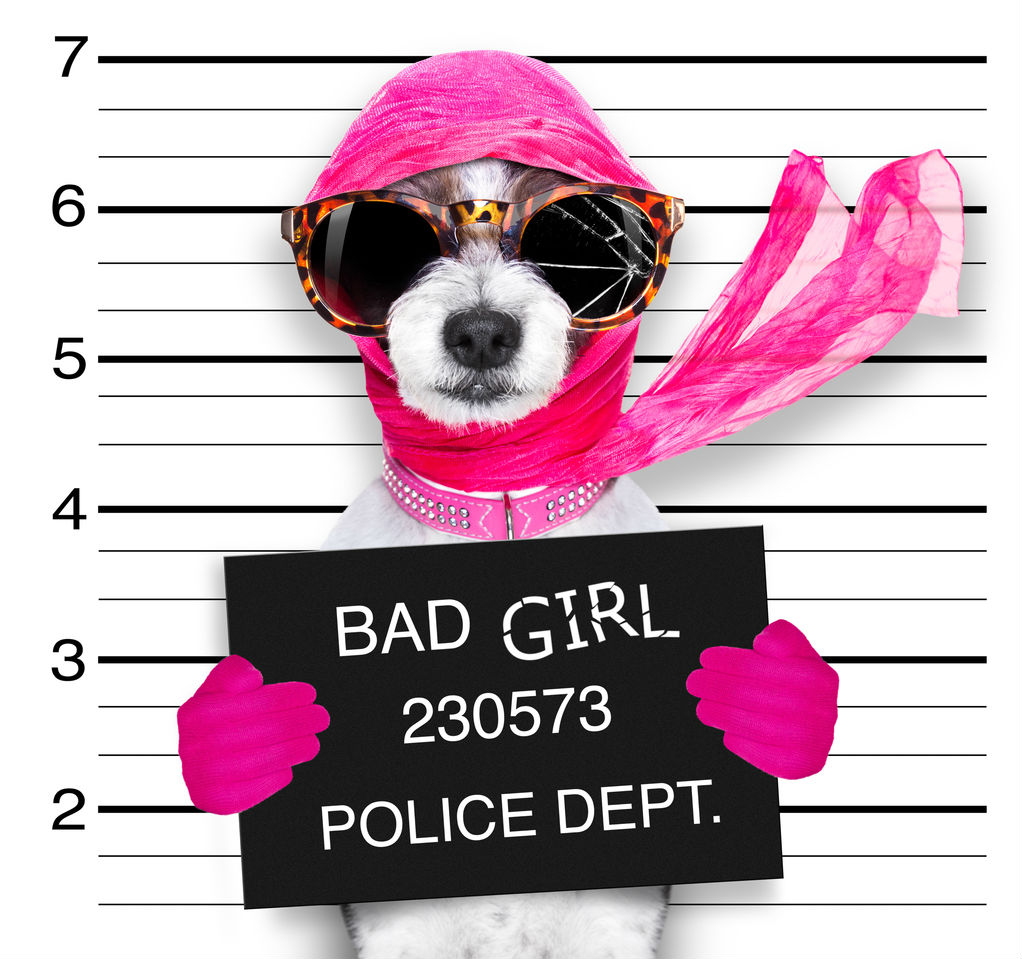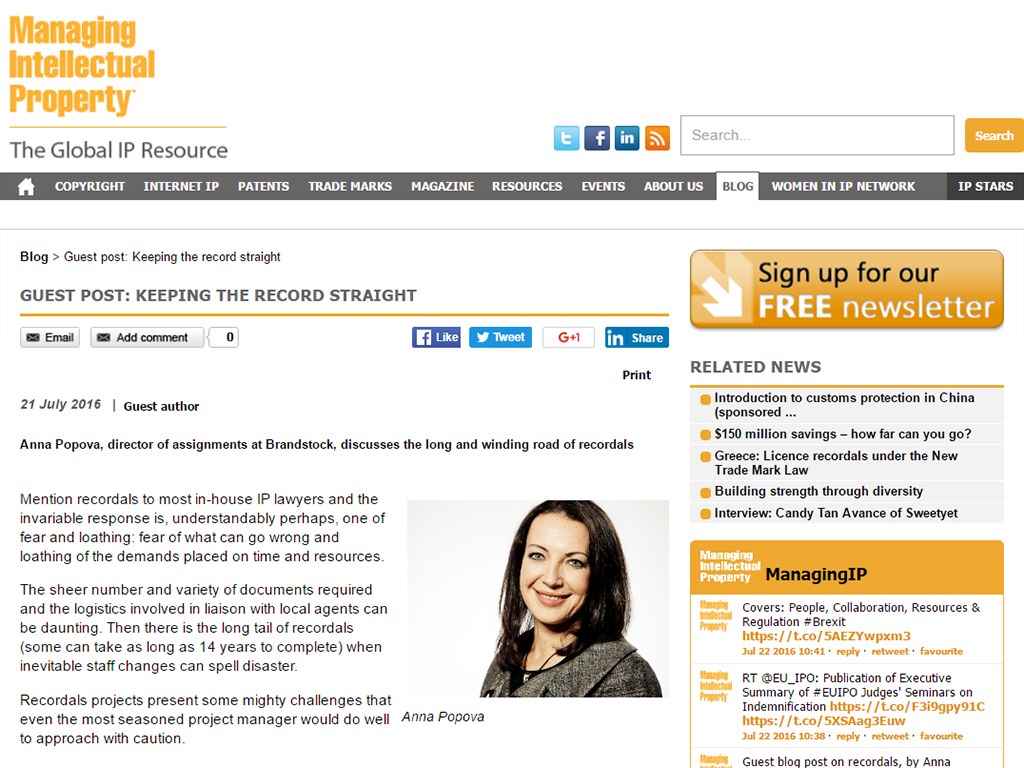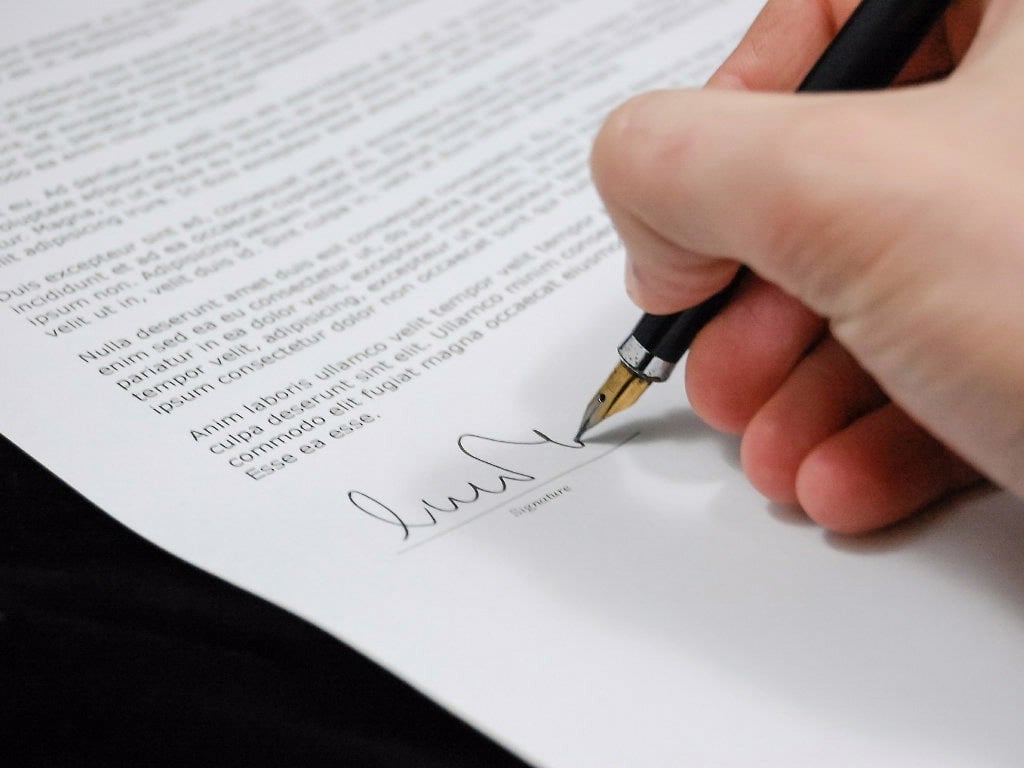When registering a trademark, many businesses fail to maximise their brand value through making simple mistakes which compromise a marks exclusivity and uniqueness.
Without a fairly robust knowledge of intellectual property (IP) law, many businesses often fall into the trap of being unaware of the full requirements or scope of the law, and of the potential repercussions of such a lack of knowledge.
Although contacting a lawyer or an IP expert to ask their advice is the most reliable way of ensuring that your brand achieves its maximum potential, this article will outline five common mistakes made by businesses when registering their trademark and how best to avoid them.
Want to know more?
Download our ebook on IP Rights in Mergers and Acquisition
1. Omissions or mistakes on the application
Without the watchful eye of a lawyer or an IP expert, it is easy to make omissions and mistakes during the registration process. Businesses are advised, if they are not willing to contact a professional, to take the time and care to ensure that the registration process is carried out properly. Indeed, there are many technical aspects of IP law and the registration of a mark which cannot be identified through a mere perusal of the application document.
A brand can be registered in many ways, the most common of which are word marks – consisting purely of words, figurative marks – consisting of an image or logo, or combined marks – a combination of the previous two. The most common omission is the business not choosing the correct way to register their brand, with the consequence that it will not have the intended distinctive value. For example, registering a brand as a combined mark, when the intention was to register it merely as a word, will mean that only the combination is protected – not necessarily the individual components (although the actual level of protection will depend upon the facts of each case).
This slip up, although having no direct effect on the mark itself, can potentially significantly reduce the level of protection it receives.
2. Descriptions or geographical indications
As previously noted, without a robust knowledge of IP law, many businesses are unaware of the problems of attempting to register a brand which is descriptive or contains a geographical indication.
However, international laws have dictated that to be registered, a trademark must not be descriptive of the products or services it pertains to. In addition, geographical indications of origin, such as ‘Champagne’, cause similar issues during registration. Unlike the mistake of incorrectly registering a brand as a combination mark for example, this mistake can result in an application for registration being denied altogether.
3. Wrong class registration
Commonly, businesses fail to indicate the correct classes of goods or services to which the brand belongs. When submitting a trademark application, the business must indicate which goods or services it is to be registered with regards to. The repercussions of registering a brand in the wrong class of goods or services can potentially mean that the brand is not protected with the intended products.
Additionally, if the mistake is not realised before the brand has been registered in the wrong classes then this omission cannot be amended. Rather, the only resolution is to submit an entirely new application again – an unfavourable outcome for businesses, as it represents a potentially significant waste of time and money.
4. Failure to search the IP register
Businesses can also fall foul to the mistaken belief that, when conducting research on the availability of their proposed mark, in the absence of trademarks which are completely identical upon a cursory internet search, their brand will encounter no issues. To many, this mere cursory internet search is enough investigation into the availability of their proposed mark, however, such an inattentive browse may not unearth all potential barriers to registration.
Indeed, many laypersons would be forgiven for not having knowledge of the IP register. Yet, it is only a search of this register which will conclusively confirm to a business whether or not their potential mark is available. Failure to conduct proper research in this way can lead to a challenge from the holders of pre-existing marks, of which the proposed mark may be infringing.
5. Similarity is still infringement
The final common mistake is the misconception that only identical trademarks will be infringing – this belief is gravely mistaken, as even similar marks can be held as infringing a pre-existing brand. Common amongst businesses is the concept of ‘living dangerously’ – the idea that one business will register a mark similar to that of a pre-existing well known mark in order to exploit the potential confusion of consumers.
Although living dangerously has worked for some businesses, this is a very grey area of law, with a fine line between a mark which is infringing and one which is not. If a second mark is found to be even similar to a pre-existing mark then it will be held to be infringing and could be redacted from the register.
In summary, the best advice is to seek legal assistance in the registration of a trademark, however, failing this, businesses should complete their applications with prudence, ensuring that they do not cut any corners with the research and registration of their applications.




































